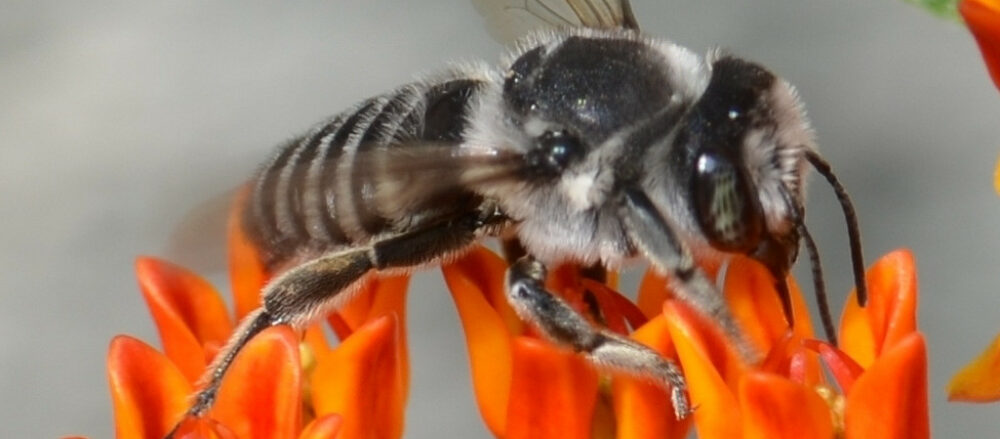This month, 23 raccoons in and around Central Park have tested positive for rabies. In addition, 11 animals tested positive during December 2009, bringing the two-month total to 34.
In contrast, from 2003-2008, only one raccoon tested positive in Manhattan. In 2008, only 19 animals tested positive for all of New York City.
This increase may be the result of increased surveillance by the Health Department:
With the identification of three raccoons with rabies in Manhattan’s Central Park in recent months – two during the past week – the Health Department is cautioning New Yorkers to stay away from raccoons, skunks, bats, stray dogs and cats and other wild animals that can carry rabies. The recent cluster of findings suggests that rabies is being transmitted among raccoons in the park. The Health Department is increasing surveillance efforts to determine the extent of the problem.
– Press Release, 2009-12-07
Historically, raccoons are by far the most commonly reported animal, comprising about 3/4 of reports from 1992-2008. Raccoons are nocturnal, and should be active only at night. Anyone observing a raccoon active during the daytime, or any animal that appears disoriented, placid, or aggressive, should call 311 immediately to report the location. Animal attacks should be reported to 911.
Related Content
Rabies reminder from NYC DOH, 2009-07-21
Rabies in NYC: Facts and Figures, 2008-07-08
Meta: Rabies More Popular Than Sex, 2007-03-07
News: Raccoon Tests Positive for Rabies in Manhattan, 2007-02-28
Links
Animals Testing Positive for Rabies in New York City in 2010, year to date
Health Department Cautions New Yorkers to Avoid Wild Animals and Vaccinate Pets against Rabies, NYC DOH Pres Release, 2009-12-07
Rabies, Communicable Diseases, NYC DOH

